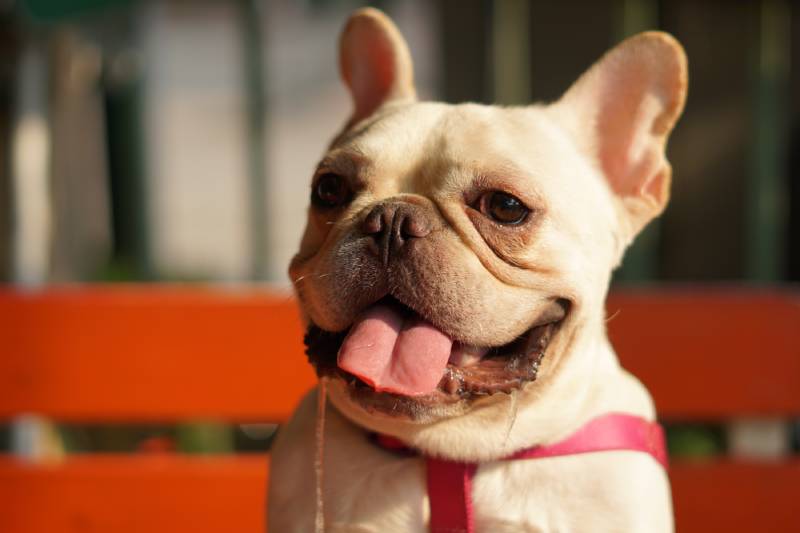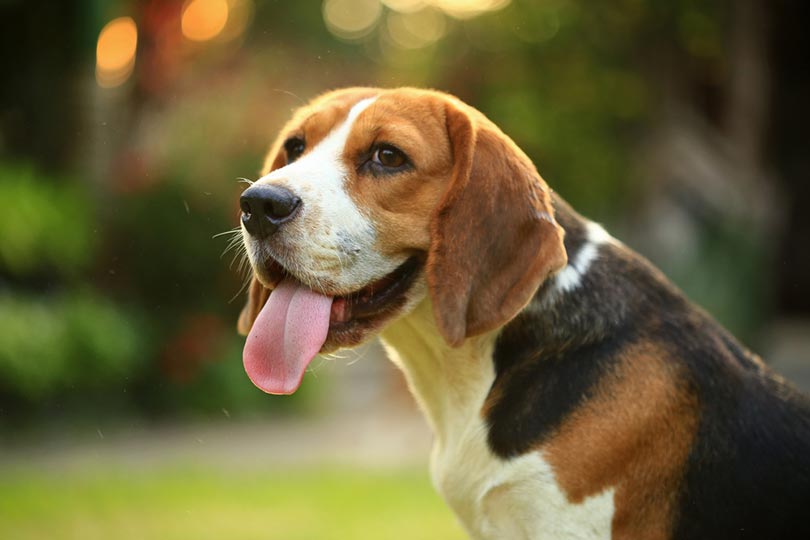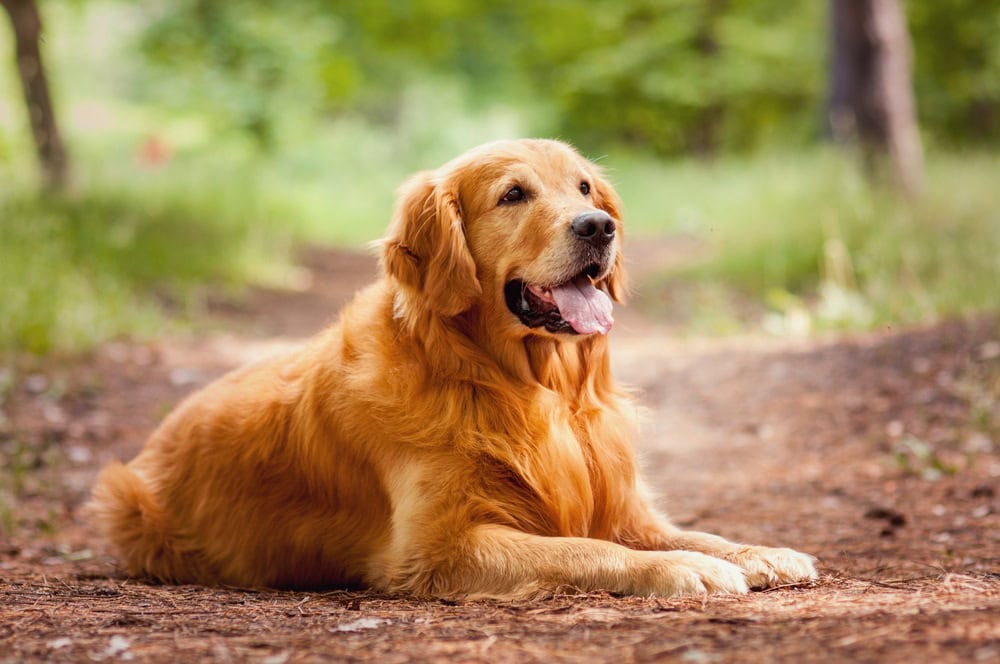How Fast Can a Great Pyrenees Run? Facts & FAQ

Updated on
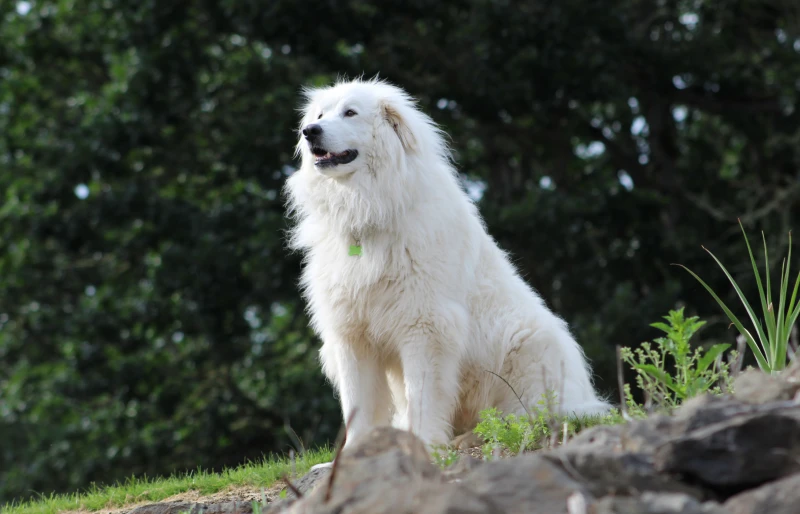
Click to Skip Ahead
In the canine world, Great Pyrenees aren’t exactly the Usain Bolt of dogs. These majestic creatures can clock a top speed of about 25 mph, but they’re not marathon sprinters by any means.
Hold that leash tightly; you’re about to discover why this breed isn’t designed for long sprints and how to keep these gentle giants healthy and safe.
The Dynamics of a Great Pyrenees’ Speed
The Great Pyrenees, characterized by their imposing size and thick coat, were initially bred to guard livestock. These guardians of the pasture have a metabolic rate that leans toward the lower end of the spectrum.
With a limited reserve of energy and a hefty body to lug around, it’s clear why they can’t sustain high speeds for extended periods.
Are Pyrenees Good Running Dogs?
These dogs are equipped with survival instincts that prompt them to conserve energy for short, urgent sprints rather than long-distance runs. So, while they might not win any doggie marathons, they’re certainly capable of a rapid chase to fend off predators threatening their flock.
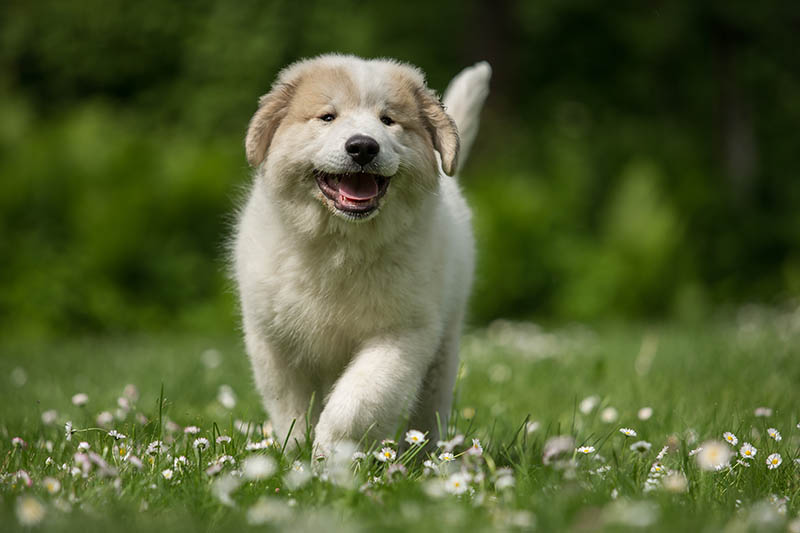
The Great Pyrenees: Master of the Escape Act?
If you’ve ever found your Great Pyrenees exploring beyond the boundaries of your backyard, you’re not alone. These dogs are somewhat prone to the occasional escapade. With roots in guarding expansive terrains, these dogs naturally seek more room to roam. A small yard—or heavens, an apartment—just won’t cut it for their adventurous spirits.
What You Can Do to Prevent Unwanted Escapades
A high fence is a good start, but it’s not the whole solution. Exercise is crucial. A bored dog is an inventive dog, and with their size, they can become quite creative in their escape tactics. Thus, obedience training also goes a long way.
Remember, these are intelligent dogs; they just need some guidance. Engaging them in a variety of activities, whether it’s a friendly game of fetch or a rigorous hike, can go a long way in keeping your dog both healthy and obedient.
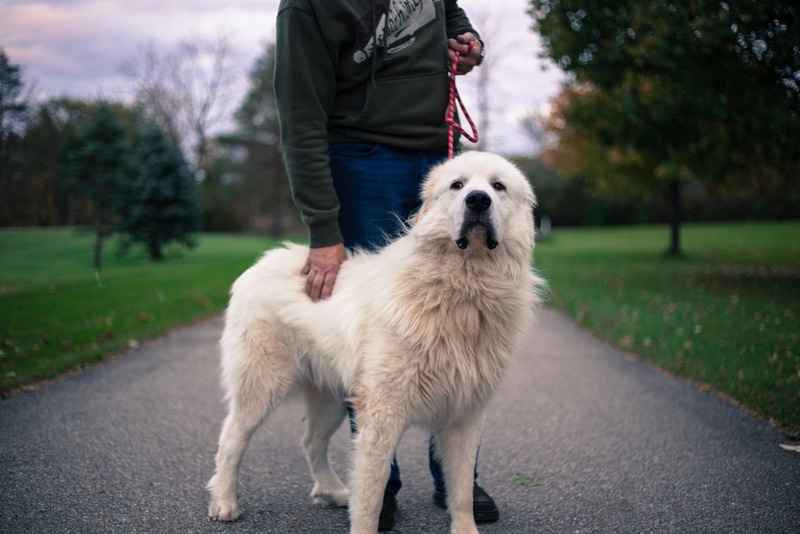
Can They Be Your Running Partner?
You might need to rethink that 5K with your Great Pyrenees. Given their moderate energy level and substantial body mass, they’re not cut out to be your running mate.
So, if you’re an avid runner, this breed might not be the best match for you. Consider other athletic breeds, such as Weimaraners or German Shorthaired Pointers, for that kind of companionship. With that in mind, let’s see how the Great Pyrenees stacks up against other species in its class.
| Animal/Individual | Top Speed (mph) |
| Usain Bolt | 27.33 mph |
| Great Pyrenees | 25 mph |
| Polar Bear | 25 mph |
| African Elephant | 25 mph |
| Hippo | 19 to 25 mph |
| Spinytail Iguana | 21.6 mph |
Is the Great Pyrenees Good at Hiking?
While sprinting might be off the table, a nature hike could be a good compromise. Hiking offers an ideal setting for this breed to stretch its legs—within reason, of course.
While challenging terrains with steep slopes are not recommended, a moderate trail with gentle inclines can offer an engaging experience. Plan the trek around less demanding paths and perhaps avoid the noonday sun to make the excursion more comfortable for your furry companion.
Water is crucial, so don’t skimp on hydration for either of you. Packing a collapsible water bowl can make pit stops more manageable. And let’s not forget some healthy snacks; after all, hiking is calorie-consuming work.
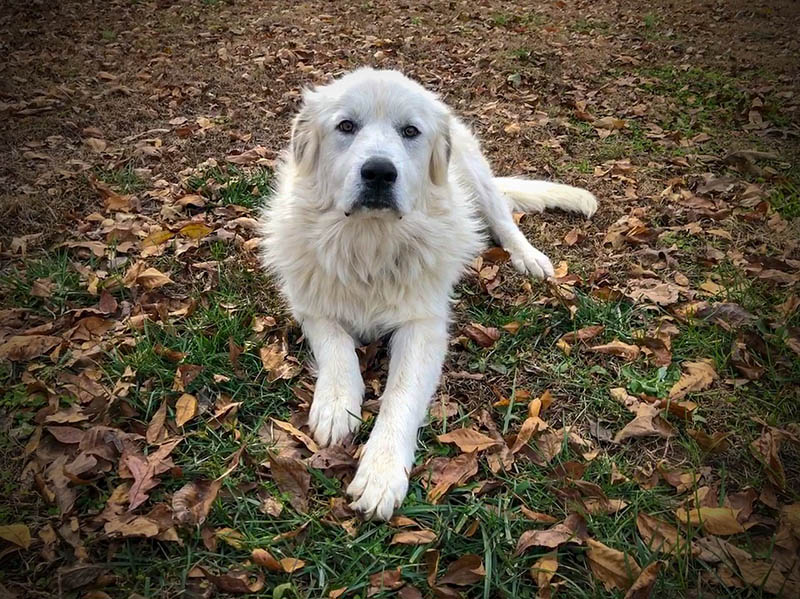
Tips to Keep Your Great Pyrenees Healthy and Safe
When it comes to safeguarding the well-being of your Great Pyrenees, knowledge truly is power. Understanding their unique physiological characteristics will serve you well in preventing potential health problems.
For starters, regular veterinary visits should be non-negotiable. A vet can offer insights into specific health needs and might catch issues before they become serious concerns. When it comes to nutrition, steer clear of a one-size-fits-all approach.
The breed’s low metabolism necessitates a well-balanced diet that won’t pack on unnecessary pounds. Consult with your veterinarian about an optimal feeding regimen to support their energy levels and overall health.
Exercise is crucial, but remember, the Great Pyrenees isn’t exactly built for a triathlon. Consistent, moderate exercise, like daily walks and some playtime, can keep them physically and mentally stimulated without draining their energy reserves.
Safety first during outdoor adventures. If it’s a scorching summer day, perhaps opt for an early morning or late evening stroll when temperatures are more bearable. Always keep your dog hydrated and be vigilant for signs of heat exhaustion or dehydration. Utilize a sturdy leash to ensure they don’t get away from you.
By adhering to these health and safety guidelines, you’re setting the stage for a rewarding, long-lasting companionship with your Great Pyrenees.
Conclusion
The Great Pyrenees won’t be winning any sprinting trophies, but what they lack in speed, they make up for in other remarkable qualities. They’re loyal, intelligent, and courageous—traits that make them excellent companions and guardians.
While their running capabilities might not be Olympic-worthy, understanding their physical attributes can go a long way in providing the best care for these lovable giants.
Featured Image Credit: Mikhail Farina, Shutterstock


